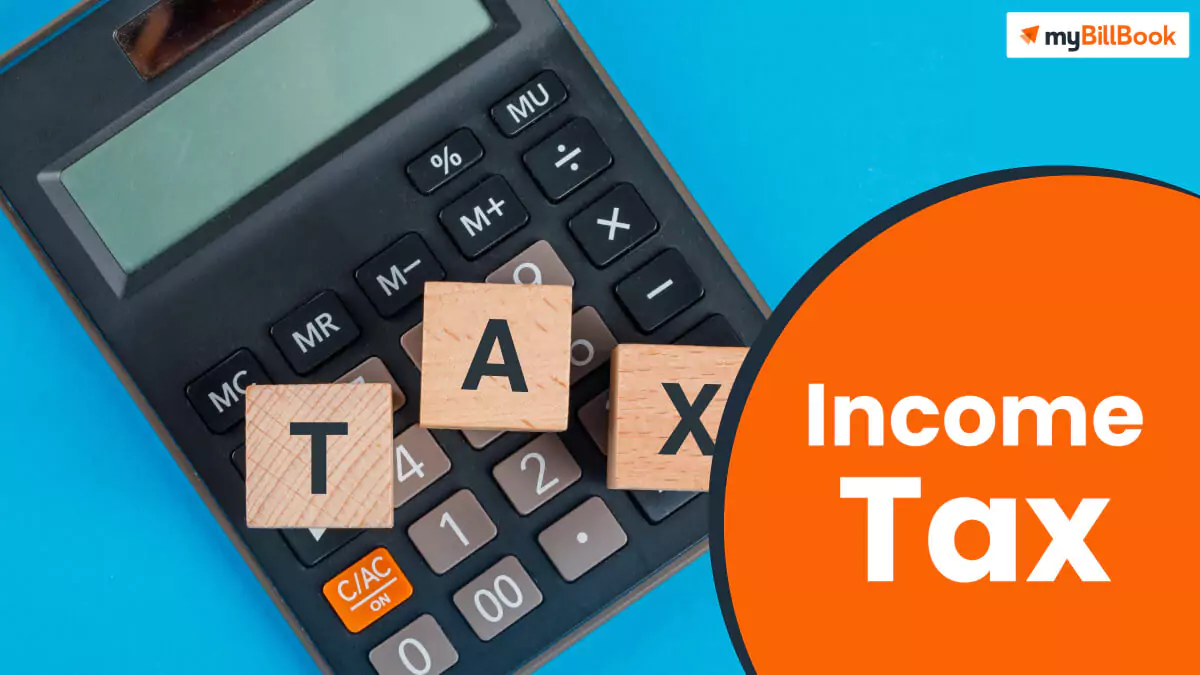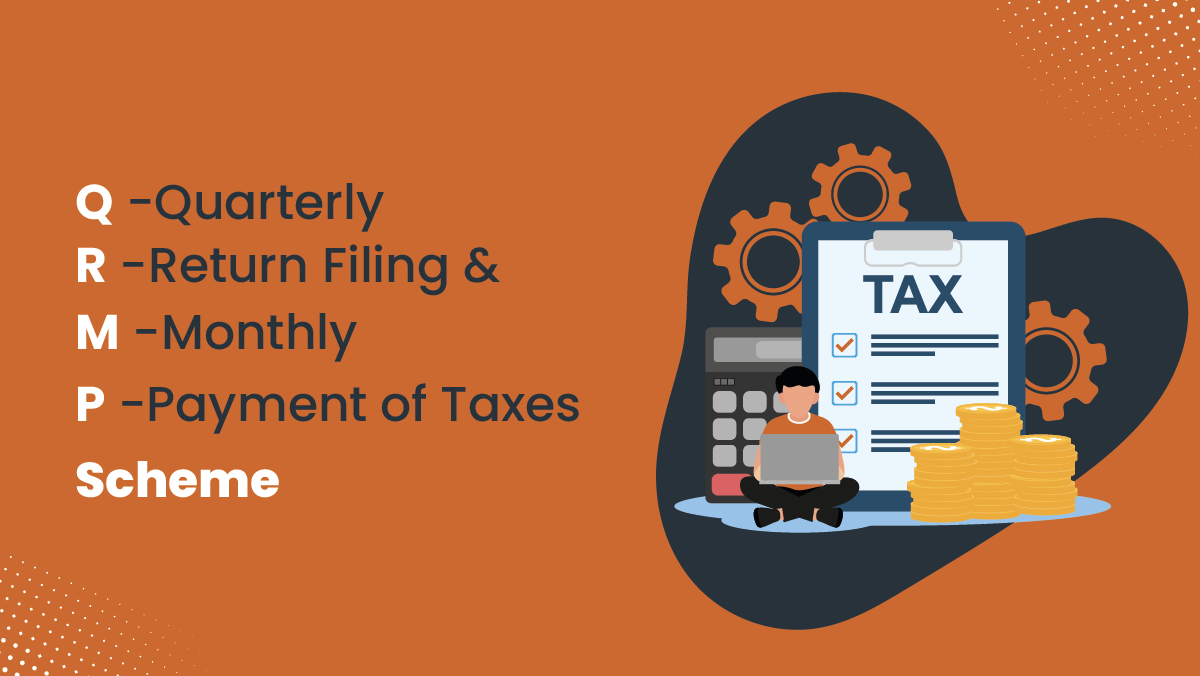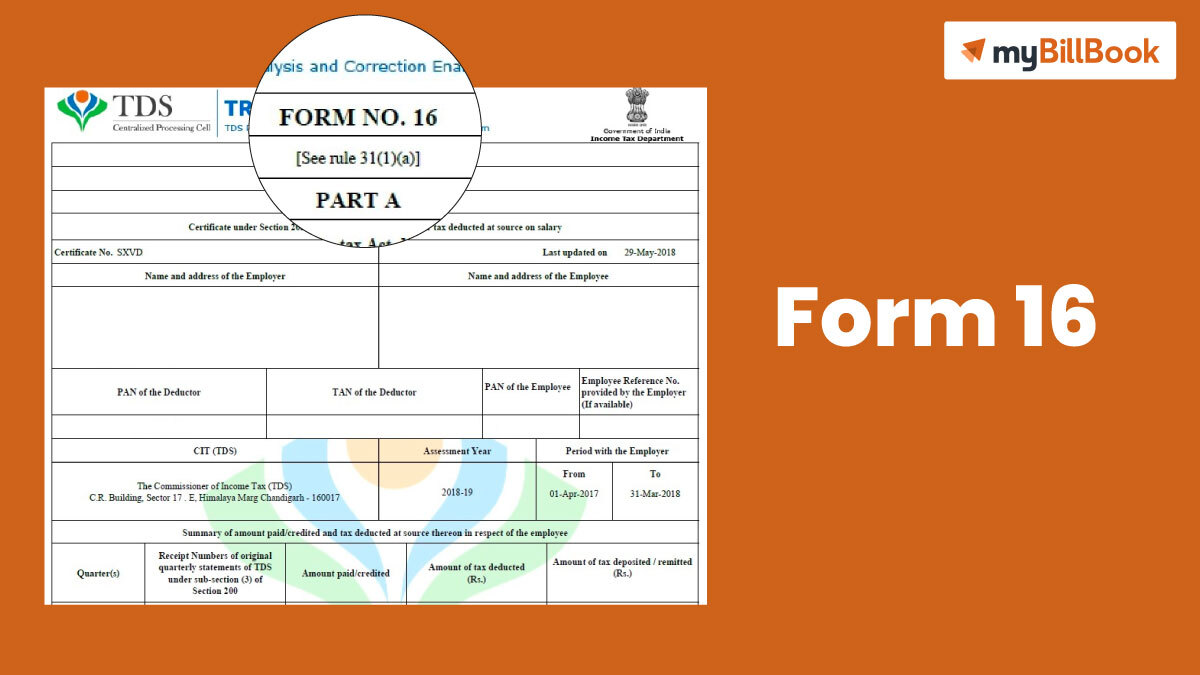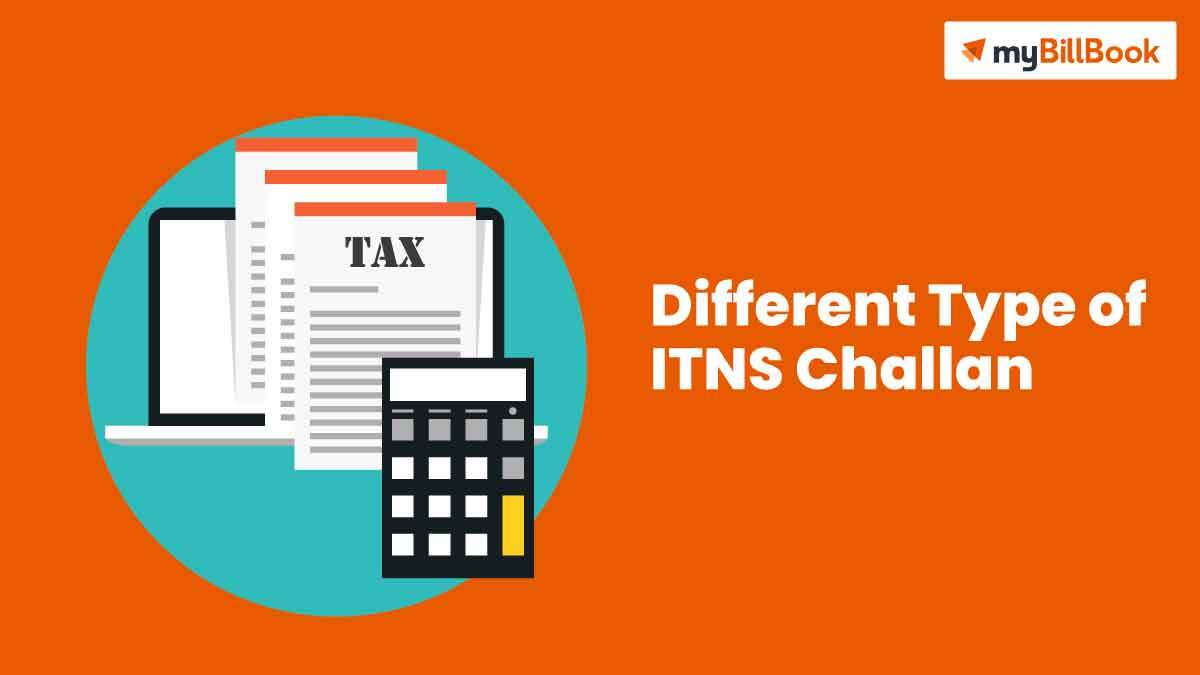“No revision has been made to the existing income tax slabs in the recently announced Union Budget 2022″
Taxes are collected on its inhabitants by governments to produce money for initiatives that increase the country’s economy and enhance residents’ standard of living. The Government’s ability to charge taxes in India is derived from the Indian Constitution that gives Central and State governments the right to levy taxes.
In this post, we cover income tax in India, Indian tax types & income tax slabs.
Basics Of Income Tax Act India
Income tax is a levy applied by the government on an individual’s earnings. It is a direct tax whose liability cannot be transferred to another party. In India, income tax is controlled by the Income Tax Act, 1961. Each financial year, income tax is levied at the slab rates specified in the Union budget. It is assessed differently for different types of persons, including individuals, partnership firms, and corporations. According to income tax, the major sources of income are as follows:
- Salary, income from house property (rent); business or profession profits and gains; capital gains income; and other sources of income
Income tax allows for a variety of deductions from income before calculating the tax due. Income tax returns must give a detailed accounting of a person’s earnings and the income tax owed. An income tax return is a declaration that details a person’s status, all sources of revenue, deductions, and finally, the tax payable or refund (if any). There are several sorts of returns available for each type of person.
Types of Taxpayers
A taxpayer is an individual or corporate entity that owes taxes to the federal, state, or municipal governments. Individual and corporate taxes are a significant source of revenue for governments.
The Income Tax Act categorizes taxpayers in order to apply different tax rates to various taxpayer classes.
Taxpayers are categorized as below:
- Individuals, Hindu Undivided Family (HUF), Association of Persons(AOP), and Body of Individuals (BOI)
- Firms/Companies
Additionally, individuals are divided between residents and non-residents. Individuals who are residents of India are required to pay tax on their worldwide income, which includes money generated both in India and overseas. Non-residents, on the other hand, are only required to pay taxes on income earned or accrued in India. For tax reasons, each financial year’s residence status must be established individually based on the duration of the stay in India. For tax reasons, resident individuals are further divided into the following categories:
- Individuals less than 60 years of age
- Individuals aged more than 60 but less than 80 years
- Individuals aged more than 80 years
Income Tax Slabs – The New Tax Regime
A new tax regime is applicable from FY 20-21 with reduced tax rates and no deductions/exemptions will be available to individuals and HUFs. Individuals and HUF have the choice of continuing with the current regime or switching to the new regime. The new tax regime is elective, and the decision should be made at the time the ITR is filed. If the old regime is maintained, the taxpayer may claim all applicable deductions/exemptions. The new tax regime has the following income tax brackets:
| Income Tax Slab in lakhs | New Regime Income Tax Slab Rates FY 2020-21 |
| (Applicable for All Individuals & HUF) | |
| Rs 0.0 – Rs 2.5 | NIL |
| Rs 2.5 lakhs- Rs 3.00 | 5% (tax rebate u/s 87a is available) |
| Rs. 3.00 lakhs – Rs 5.00 | |
| Rs. 5.00 lakhs- Rs 7.5 | 10% |
| Rs 7.5 lakhs – Rs 10.00 | 15% |
| Rs 10.00 lakhs – Rs. 12.50 | 20% |
| Rs. 12.5 lakhs- Rs. 15.00 | 25% |
| >Rs. 15 | 30% |
Tax Slab Exceptions
Always remember that not all income is subject to slab taxes. This regulation does not apply to an exemption from capital gains income. Capital gains are taxed according to the kind of asset and the duration of the asset. The duration of the holding time of an asset influences whether the asset is regarded to be long-term or short-term. In addition, the time necessary to determine the type of asset is different from one asset to the next. The holding periods, asset classifications, and tax rates for each investment are given in the table below.
| Capital asset | Holding period | Rate |
| House Property | Long Term – More than 24 months.Short Term – less than 24 months. | 20% |
| Debt mutual funds | Long Term – More than 36 months.Short Term – less than 36 months. | 20% |
| Equity mutual funds | Long Term – More than 12 months.Short Term – less than 12 months. | Dispensable (until 31 March 2018) Gains over Rs 1 lakh taxable at 10% 15% |
| Shares (STT paid) | Long Term – More than 12 months.Short Term – less than 12 months. | Dispensable (until 31 March 2018) Gains over Rs 1 lakh taxable at 10% 15% |
| Shares (STT unpaid) | Long Term – More than 12 months.Short Term – less than 12 months. | 20% |
| FMPs | Long Term – More than 36 months.Short Term – less than 36 months. | 20% |
Types of Taxes in India
Oftentimes, the tax system is made up of both direct and indirect charges.
Direct taxes are the ones you pay directly to the government. These taxes cannot be transferred to another company or person since they are imposed directly on individuals. This tax handled by the Department of Revenue is governed by the Central Board of Direct Taxes (CBDT).
Several of the most significant direct taxes are as follows:
- Income tax
- Wealth tax
- Gift tax
- Capital Gains tax
- Securities Transaction tax
- Corporate tax
Indirect taxes are levies that are indirectly placed on the general population. The majority of these are levied through the sale of products and services. These taxes are included in the prices charged by the vendor, and they are subsequently collected by the appropriate government agencies.
Some important Indirect taxes include:
- Sales tax
- Goods and Services tax
- Value Added Tax (VAT)
- Customs duty
- Toll tax
- Octroi duty
In India the central government introduced the Good and Services Tax (GST) in 2017, to incorporate a few taxes in one blanket. GST is a multi-stage location tax that is levied from the acquisition of raw matter to the sale of the final product and then to the end customer at each level of the supply chain. Typically, when there is value-added and ownership transfer in the supply, GST will apply. Some of the taxes replaced by GST are:
- Sales tax
- Service tax
- Octroi
- Central Excise duty
- Entertainment tax
- Purchase tax
FAQs about income tax
What is total gross income?
A taxpayer’s total revenue from all the revenue categories is referred to as Gross Total Income
Can I file income returns even if my income is below taxable limits?
Yes, even though your income is smaller than the basic exemption level, you can file the return of income voluntarily
Should I divulge in return all my income, even if it is exempt?
Yes. Revenues from all sources including exempt revenues must be revealed. The same might be indicated in Schedule EI.
Will my income be taxed if I’m a farmer?
Any revenue earned by agriculture or its associated activities shall not be taxed. However, when computing a tax for any non-agricultural income that you may have, it will be evaluated for tax purposes.
Who may get a Section 87A rebate?
Any resident Indian whose total yearly income is less than Rs. 5 lakh can claim reimbursement under Section 87A. The highest discount allowed under 87A is Rs. 12,500.
FAQs about income tax
What is total gross income?
A taxpayer’s total revenue from all the revenue categories is referred to as Gross Total Income
Can I file income returns even if my income is below taxable limits?
Yes, even though your income is smaller than the basic exemption level, you can file the return of income voluntarily
Should I divulge in return all my income, even if it is exempt?
Yes. Revenues from all sources including exempt revenues must be revealed. The same might be indicated in Schedule EI.
Will my income be taxed if I’m a farmer?
Any revenue earned by agriculture or its associated activities shall not be taxed. However, when computing a tax for any non-agricultural income that you may have, it will be evaluated for tax purposes.
Who may get a Section 87A rebate?
Any resident Indian whose total yearly income is less than Rs. 5 lakh can claim reimbursement under Section 87A. The highest discount allowed under 87A is Rs. 12,500.
Vat Value Added Tax
Section 80TTA Of Income Tax Act
Section 44AD Of Income Tax Act
Section 194A Of Income Tax Act
New Income Tax Portal
Corporate Tax
New Income Tax Rules Effective from 1st April 2022
Things Businesses Need to do Before the Financial Year End 2021-22
Last Dates/ Due Dates For GST and Income Tax Returns – March 2022
e-Invoicing Mandatory for Businesses with Turnover Above INR 20 Crore







